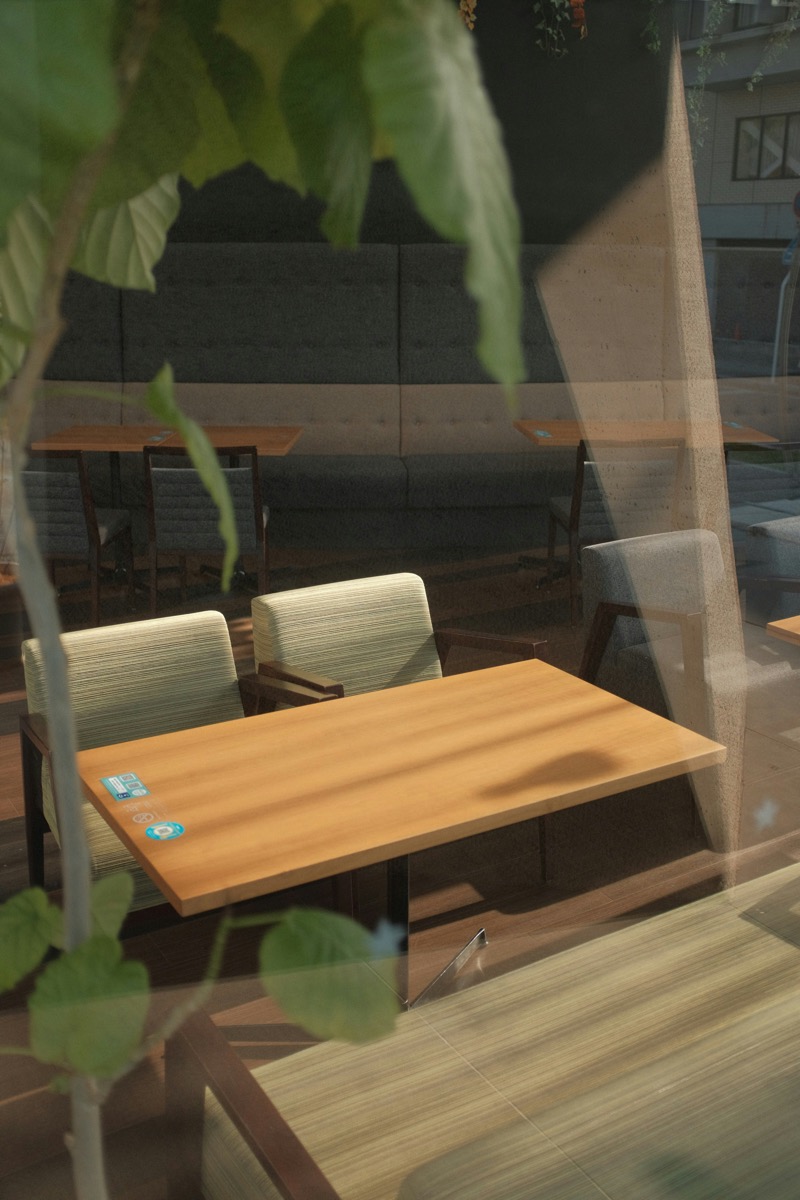Understanding Window Putty
Window putty is a material with a long history in construction. Its primary use has always been securing glass panes within window frames. The material is malleable when fresh and hardens over time to create a seal. This quality makes it invaluable for ensuring weather resistance and structural integrity in windows.

The Composition of Window Putty
Traditional window putty is made from a blend of linseed oil and calcium carbonate. Linseed oil provides plasticity that allows easy application. Calcium carbonate, or chalk, gives it body. When mixed, these ingredients form a pliable but firm paste. Putty becomes more solid as the linseed oil oxidizes over several days or weeks, locking the glass securely in place.
Modern variants sometimes use synthetic materials in place of or in addition to these traditional components. Such modifications aim to improve durability, weather resistance, or usability. Some offer accelerated drying times, which can be a significant advantage in fast-paced construction projects.
Applying Window Putty
The application of window putty is a skill that combines both art and know-how. Start by kneading the putty to make it pliable and easy to handle. A heated environment can help soften the putty, making it easier to work with, especially during colder months.
After cutting the glass to size, place it gently into the frame. Use small glazier’s points or clips to hold the glass in place temporarily. They’re essential in maintaining stability during application. Roll putty into thin strips and press it into the gap between glass and frame with a putty knife. Smoothing the putty with an angled knife ensures a neat finish.
It’s important to apply putty evenly to avoid gaps which might let in drafts or moisture. Consistency in application can save you from problems like water ingress or glass rattling in the wind. Smooth over any uneven areas with a finger or tool for a clean finish. Once applied, patience is crucial. Putty may take several weeks to fully cure depending on the environment.
Maintenance and Longevity
Properly applied putty can last for decades, but routine maintenance will extend its life. Inspect windows annually to check for cracks or signs of wear. Small cracks can develop due to temperature fluctuations over time, leading to larger issues if ignored.
- A clean surface is pivotal for patching small cracks. Ensure the area is dry and free from grime.
- Softening the putty with heat allows for smooth reapplication in patches where necessary.
- Paint over putty after it has cured to further weatherproof your window. Adding a coat of paint protects it from the elements while offering an aesthetic finish.
Environmental and Economic Impact
Window putty, while often replacing materials like caulking in modern times, still has its own environmental advantages. Being made largely from natural materials, traditional putty poses less of a toxic threat than many synthetic alternatives.
Furthermore, using putty for window glazing can lead to energy savings. Well-sealed windows reduce the need for heating and cooling, contributing to a smaller carbon footprint. Economically, maintaining window putty is cost-effective when compared to the expenses associated with replacing entire windows due to poor sealing leading to damage or degradation.
Contemporary Innovations
While synthetic alternatives exist, recent developments focus on improving traditional putty’s properties. Some innovations include additives that expedite curing or enhance water resistance. Such products seek to address traditional putty’s drawbacks while retaining its benefits.
One example is the introduction of UV-resistant variants. These are designed to withstand direct sunlight more effectively, reducing drying cracks and discoloration commonly encountered in sun-exposed frames.
Alternative Uses
Window putty is more versatile than its name suggests. Its properties make it suitable for other sealing tasks around the home. It can fill small gaps or cracks in woodwork and masonry. It’s a quick fix that can adapt where adhesive caulk may not adhere properly.
Artists have even adopted putty as a material in sculptural works and mold-making. Its ability to hold fine details makes it an excellent medium for certain creative applications. Additionally, its pliability allows for corrections before it hardens completely, offering flexibility in design.
Challenges in Using Window Putty
While effective, using window putty isn’t without its challenges. Its pliable nature, which aids in application, also means it requires a careful approach. Professionals often recommend storing putty in a cool, dry place. Extreme temperatures may either harden or make it too soft prematurely.
Patience is another requirement. Unlike fast-drying fillers, window putty takes more time to settle and cure. This slow setting means planning is crucial to avoid disrupting the material before it adequately hardens.
A common issue is mixing too much putty at once. This can lead to waste as unused putty may dry out before it can be applied. It’s practical to measure and prepare only what you intend to use immediately to minimize inefficiency.
Comparisons with Modern Alternatives
Comparing window putty with modern alternatives like silicone caulk brings out several contrasts. Silicone caulks have faster drying times and adhesive properties that surpass traditional putty in certain applications. However, putty’s flexibility before setting offers an advantage in window glazing where precision is key.
Silicone, although effective, can deteriorate when exposed to sunlight over long periods. Putty has similar issues but is easier to repair once issues are identified. In heritage or conservation projects, traditional putty often remains irreplaceable. Its visual and functional match to period architecture ensures it stays a favored choice for restoration experts.
Recommended Woodworking Tools
HURRICANE 4-Piece Wood Chisel Set – $13.99
CR-V steel beveled edge blades for precision carving.
GREBSTK 4-Piece Wood Chisel Set – $13.98
Sharp bevel edge bench chisels for woodworking.
As an Amazon Associate, we earn from qualifying purchases.




Subscribe for Updates
Get the latest articles delivered to your inbox.
We respect your privacy. Unsubscribe anytime.